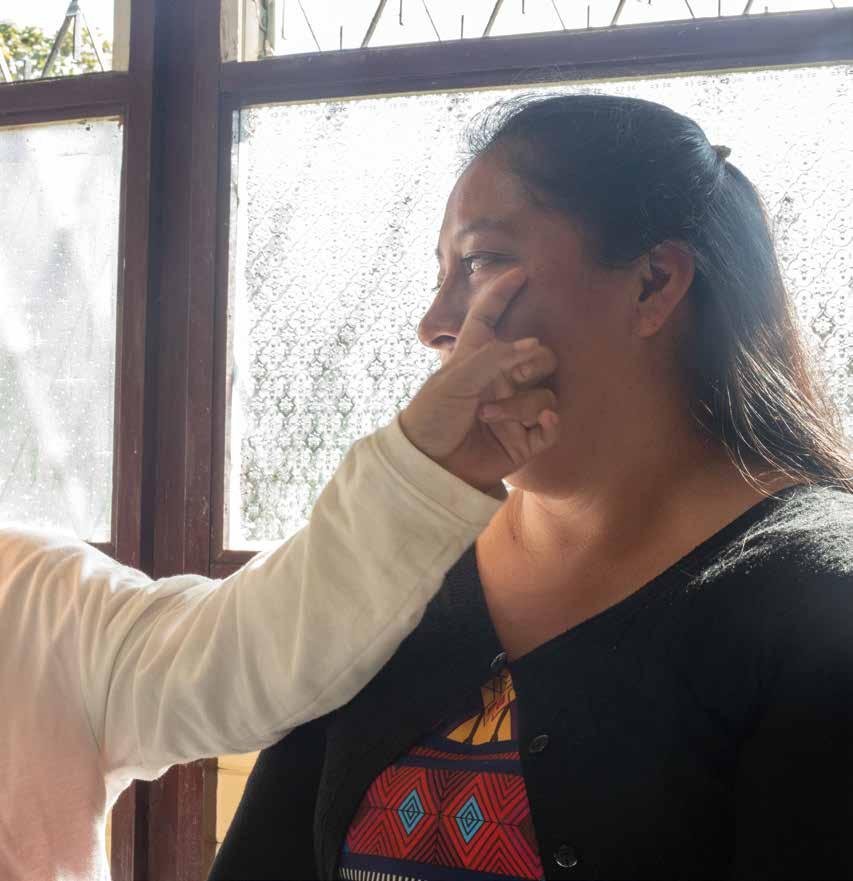
18 minute read
‘A language of love’
AS YOLI BUCU LEARNS SIGN
Advertisement
LANGUAGE ALONGSIDE 13-YEAR-OLD
DAUGHTER GABRIELA, THE BEAUTY OF COMMUNICATION FORMS
RELATIONSHIPS WITH THE STAFF
OF A SAN LUCAS SCHOOL.
By Rachel Blood
Yolanda “Yoli” Bucu smiles down at her
daughter with tears in her eyes. Clad in the intricately woven blue diamonds and colorful chevron stripes marking her indigenous identity, her hands rapidly form signs to correlate with the silent movement of her lips.
CONTINUED ON NEXT PAGE
Gabriela, 13, wipes a tear from Bucu’s cheek as she expresses the struggles of the deaf community. “I try to be strong and not cry in front of her, because she also suffers,” Bucu said. “I wish I could understand everything, but she still struggles.” | Photo by Hannah Hobus
Yolanda Bucu Do you love me? she signs as 13-year-old Gabriela watches with wide brown eyes.
Gabriela reaches out her arms with a nod, hands hidden under the sleeves of her Mickey Mouse sweatshirt, and wraps them around her mother in answer.
Yes.
Bucu has spent 13 years watching her daughter grow up in a world with no sound.
Born deaf, Gabriela found herself unable to communicate with her peers and family.
“It was a slap in the face when I found out she was deaf,” said Bucu, who spoke Spanish and very minimal Kaqchikel before learning Guatemalan sign language. “My world fell apart, but … she has made me strong.”
Though sign language programs exist throughout Guatemala in modern areas such as Guatemala City, Gabriela lives an hour and a 100-quetzales (about 13 USD) bus ride away. Most teachers at these schools are also hearing and know only minimal sign language, contributing to the slew of difficulties the deaf community faces trying to access education and workplace equality. Bucu and Gabriela find strength in one another and in a school aiming to break down communication barriers between deaf and hearing communities.
Gabriela and Bucu found hope in a four-room schoolhouse filled with mint green doors and mirrored walls, separated from a narrow but busy road by a green metal fence covered in signs advertising Lengua De Señas de Guatemala!
Through word of mouth and the internet, Bucu found En-Señas when Gabriela was 8.
The school aims to break down communication barriers by teaching Lengua de Señas de Guatemala, or Lensegua, to both deaf and hearing students. The small building sits in San Lucas, a city of around 36,000 noted for its mountainous terrain and location between Guatemala City and Antigua. There, Gabriela became the student of Gabriela Velázquez and Bucu entered a series of classes teaching sign language led by Hilda Bran.
At Comité Benemérito de ProCiegos y Sordos de Guatemala, a deaf and blind assistance organization where Gabriela would go for homework help beginning at age 3, other kids would sign to her, but she wouldn’t understand because she spoke her own language. Although Pro-Ciegos provided some support and tutored Gabriela in basic school subjects, it didn’t teach sign language, and that was what Gabriela and Bucu needed more than anything.
As Bucu and Gabriela learn Guatemala’s official sign language, Velázquez watches her come out of her shell. In front of a wall of mirrors, Gabriela watches the combination of her facial expressions and hand movements and develops her sign language vocabulary.

“Gabi is a powerhouse,” Velázquez said. “She learns fast … I started teaching her signs so she could have more vocabulary and that she could know more words. Little by little I started to see her development and that she was more confident while using signs. Then, she started trying to communicate with her mom.”
While Gabriela and Velázquez work on improving Gabriela’s fluency in sign, Bucu learns from Bran, who has been with En-Señas since the beginning.
En-Señas founder Vilma Lorena García learned sign language from Bran. After each session, the two worked on building a friendship over lunch and coffee. Day by day, the concept of a sign language school teaching not only deaf, but hearing students was born.
In February 2017, En-Señas opened for business in San Lucas, emphasizing teaching sign not only to the deaf community, but to the hearing, in order to make the hearing community a more accepting and inclusive place for people who are deaf and to provide jobs for deaf teachers, like Velázquez and Bran.
Velázquez, 57, has taught at EnSeñas for two years and also teaches elementary-level classes for students 18 and older who haven’t had the chance to study at the Continuing Education Center for Adults with Hearing Disabilities, an academic division of Pro-Ciegos.
Velázquez received a hearing aid in the United States at 8 years old, learning to communicate using her voice because she did not speak sign language. When she met her husband Héctor through mutual friends at age 21, he taught her Lensegua, which is now her preferred form of communication. Though privately owned, En-Señas focuses not on profit but on helping the community. Interpreter Johana Pérez says students pay only what they can afford, the school offering scholarships to cover the remaining tuition.
En-Señas also teaches hearing students to be Lensegua interpreters. The process for deaf students to learn to interpret is very different, so students like Velázquez attend outside institutions such as Fundación Manos que Inspiran to become certified interpreters.
En-Señas teaches three levels of Lensegua to hearing students ranging from basic to advanced, all taught by deaf teachers. Deaf students work
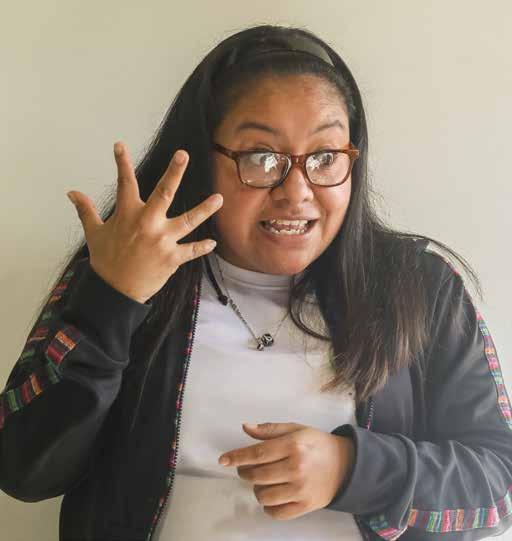
Johana, a teacher at En-Señas, signs expressively, making Gabriela smile. Through her teaching career, she has translated and taught sign language to many students and and their families. | Photo by Hannah Hobus
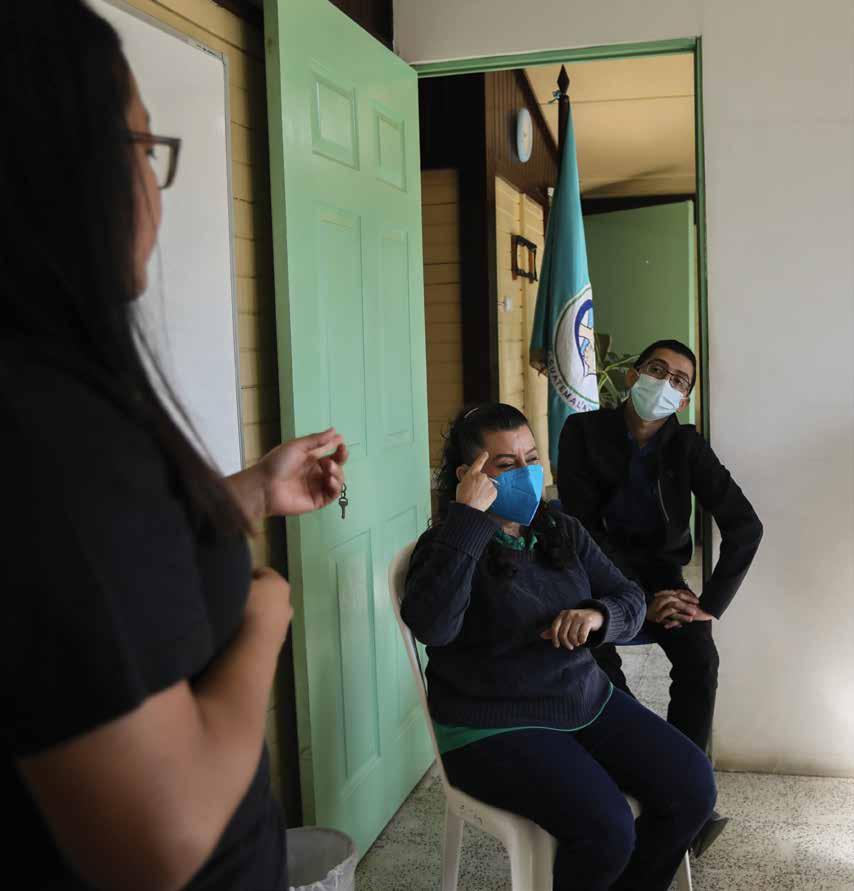
with teachers on a more individual basis.
“Seeing my daughter communicating with other people like her is beautiful,” Bucu said.
When the COVID-19 pandemic reared its head in 2020, En-Señas resorted to Zoom classes for hearing students and was forced to put classes for deaf students on hold. While Bucu continued learning, Gabriela had to put her progress on the backburner temporarily.
Wearing masks eliminated the ability to read lips, making communication an even greater challenge for the deaf community.
In spite of the obstacles, there were bright spots in the shadow of COVID-19. Teaching classes on Zoom allowed En-Señas to reach students from all over Guatemala and even from Costa Rica and the United States. The school plans to continue teaching classes online while some students return to the school in small numbers for COVID-safe, in-person learning.
In their hometown of Santa María Cauque, Gabriela’s days spent drawing, beating the boys in soccer at family gatherings or baking pan francés at the local bakery where Bucu works became punctuated with Gabriela and Bucu developing a language of their own. With no lessons available to learn Guatemalan sign language, the two gave hand signs to different household objects and built a relationship on patience and trust. Kids at school slapped a label on Gabriela and teased her for it: “Different.” “Weird.” She would come home from school in tears, the result of bullies who didn’t understand that being deaf is not a negative difference. Bucu says discrimination against people who are deaf and people who are indigenous starts from a very early age. Gabriela is both.
Even after the discovery of En-Señas, Gabriela’s father Arbulfo made no effort to learn sign or communicate with his daughter.
“It hurts,” Bucu said. “She comes and asks her dad ‘Why not?’ Nothing.”
Though Gabriela’s relationship with her father may lack communication, studying at En-Señas has opened up pathways for other relationships. Gabriela’s brother Jonathan, 15, speaks a little Lensegua, and Gabriela is teaching the other members of her family sign, such as her grandfather. When she tries to teach him a phrase and he doesn’t pick it up, she smiles teasingly and holds both hands vertically just above her head. Dumb, she says, her favorite word to sign.
Bucu wishes the world would recognize people who are deaf not as “weird” or “wrong,” but as blessings. “Learning sign language is beautiful. It is an open language, more expressive,” she said. “For me, it is a language of love.”
In 2018, Velázquez’s husband Héctor got into a bike accident and was in need of medical care. Because nobody else present spoke sign language, he was unable to express his
Pérez signs to Velázquez and Bran while colleague Antonio Barrientos assists in translation. Velázquez and Bran, who have been at En-Señas for two and five years, have seen their teaching experiences change during the COVID-19 pandemic. | Photo by Hannah Hobus
89
Wooden hands bent into the universal sign for “I love you” decorate the rooms of En-Señas, founded in 2017. “We started our idea from the inspiration of having an inclusive society and that people knew the importance of sign language,” Bran said. | Photo by Rachel Blood
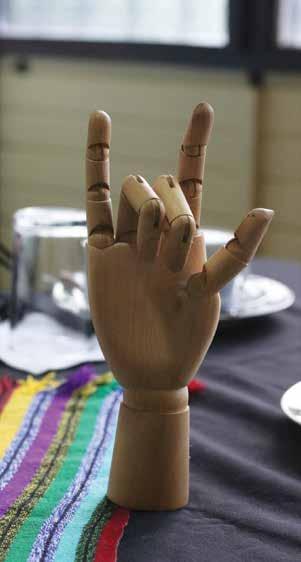
needs. The healthcare system isn’t the only system inaccessible to the deaf community.
According to Velázquez, there are only two certified Lensegua interpreters within the Guatemalan justice system. According to the National Consortium of Interpreter Education Centers, United States cases involving deaf parties will often have up to four interpreters in a single courtroom.
En-Señas Vice President Pablo Urías serves as the school’s representative in any committees or organizations while also teaching intermediate sign language. He played a role in passing the January 2020 Sign Language Law, making Lensegua an official language in Guatemala and mandating access to public education and translators in the workplace for deaf people. The law took five years to pass, he said, and involved heavy communication between the government and the deaf community through Urías, who had to gauge which aspects of the language the community was and was not willing to alter or give up.
But new laws don’t always come with the resources needed to implement them. The deaf community faces a slew of difficulties trying to access education and workplace equality. Gabriela will begin seventh grade this year at Telesecundaria, a system of rural schools meeting basic education requirements without hiring separate instructors for each subject, and while the school could not deny her admission, its administration offered no support or interpreters to enable Gabriela’s studies.
“They can say no, she won’t be able to graduate, she can not make it to college,” Bucu said. “I know she will. Teachers say that she helps them teach others because instead of them helping her learn, she teaches.”
Gabriela, who always takes care of Bucu when she falls ill, wants to be a doctor.
Through the Individuals with Disabilities Education Act, the United States education system guarantees free public education for students with disabilities. Paired with economic packages and assistance efforts for deaf families, making it through school in the United States – while not without its challenges – is common. While United States schools have to tailor education to the needs of disabled individuals, Guatemalan schools simply must grant deaf students admission.
Bran studied at Universidad Mariano Gálvez for one year, but dropped out because of the lack of interpreters for deaf students. She would have to
track the movement of her professors with her eyes to read lips, but if they turned to face a whiteboard, she was out of luck. One of her friends knew some American Sign Language and was able to help Bran through some lessons, but when she was in a different class, Bran was on her own.
In Urías’ work as Digitizer and Programmer in the municipality of Mixco, nobody else speaks sign language. His employers do not allow him to bring an interpreter into private meetings, so he is constantly out of the loop.
ASL and other sign languages still hold influence in some regions of Guatemala, sometimes making communication difficult even between members of the deaf community.
Pro-Ciegos ran a program until a few months before the pandemic in which seven students were sent every two years to Costa Rica to learn ASL, then to Gallaudet University – a school for deaf and hard of hearing students – in Washington, D.C. to study. Graduates would return to Guatemala eager to get a job with a college degree in hand, but ASL was not a known form of communication in most workplaces, rendering the program economically unsustainable.
“My wish is that, in the future, there is better education for deaf people,” Urías said. Between the justice and healthcare systems and education of both deaf and hearing students in Guatemala, there’s a long way to go – but En-Señas, for Bucu and her daughter, has been a very welcome start.
En-Señas has been a place of support and acceptance for Bucu and Gabriela. Each time the pair leaves through the entry room decorated with wooden figurines of hands bent into the universal sign for “I love you,” they do so with a little more hope.
“I do not know how to explain the change that this girl has done for me,” Bucu said. “She is my strength.”
(Additional Reporting by Talia McWright and María Isabel Castañeda.)
Bucu pulls Gabriela into her arms as they prepare to leave En-Señas for the day. “I admire her a lot,” Bucu said. “She is my support.” | Photo by Hannah Hobus
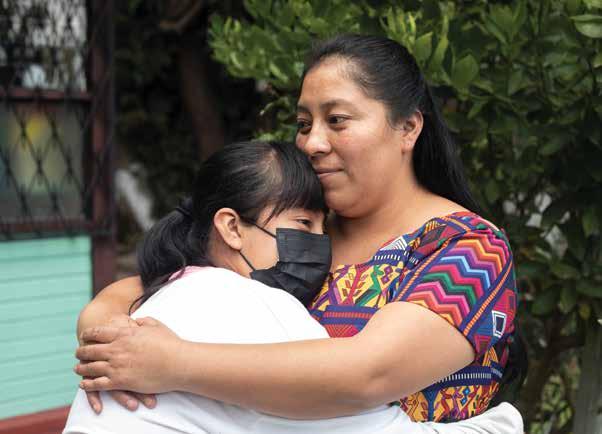
a reflection Learning to live
By Rachel Blood
It was ten in the morning, and I had tears in my eyes.
Across a white table, backlit by the sun streaming through the patterned windows of En-Señas, Yoli cried as she recounted the struggles of watching her husband refuse to communicate with her daughter, of her daughter returning from school in tears, of the discrimination against both indigenous and deaf people in Guatemala.
She spoke Spanish, her hands moving in time with her lips as she signed, and I didn’t know what she was saying at the time – just that she was hurting. It was hard to watch. Hannah’s eyes watered as she lowered her camera. Talia and Marís watched and listened intently on my left, offering Yoli silent support as she laid her heart bare to journalists she’d met only hours ago.
Yoli needed her story to be heard.
I felt like I had been emptied out and filled up again.
I realized communication is more than words. My life has been dictated by words. Captured by them. Guided by them. I study them, read them, write them, hear them. I’ve devoted a future career to them. The reason I met Yoli was to tell a story. With … words. We had photographers and designers and editors, but words were my wheelhouse, the tools with which I was supposed to be able to spin and manipulate stories into the perfect form, the most moving sentences and paragraphs and pages. Words are powerful. But there at the table with Yoli, nine people in a tiny room, I had no idea what was being said.
And it didn’t matter.
I still understood everything she needed me to understand.
It was the tears in her eyes and the crack in her voice, the way it would lilt upwards as she exchanged glances with her daughter, a cry built on years of frustration and misunderstanding and desperation, the way even her sharp hand motions seemed to be pleading with the world, with God, to help her.
I don’t speak Spanish. I don’t understand sign language, much less Guatemalan sign language. But the beautiful thing about the human connection is that we will always find a way to say what must be said, words or no words, signs or no signs. We somehow find a way to understand each other on the most fundamental level of emotion and react accordingly, to empathize with a person whose circumstances we can hardly imagine.
The idea of spending three weeks in a country I knew nothing about scared me. I had never been outside of the United States. The extent of my Spanish was a 200-level college class and the only word I really remembered was lechuga. But Textura Guatemala pushed me to my limits and then over them, and I grew more than I thought possible in less than a month.
My team taught me to trust and find joy in communication. Our Guatemalan partners taught me how to dance, how to live life vibrantly and also where to find really good chicken. My sources taught me the best stories take time to tell. COVID-19 taught me things don’t always go as planned, and sometimes that’s OK. Guatemala taught me to see beauty in places I’d never have thought to look.
Yoli’s tears were a window into the hardships of the deaf and indigenous communities of Guatemala, but they were also a mirror in which I could evaluate my own changing beliefs. Gabriela was silent next to her mother. Thirteen years old and living in a world of silence, wide brown eyes and hands hidden beneath the table, she watched her mother’s hands, her lips, listening the only way she could.
She reached up and wiped a tear from her mother’s cheek.
I smiled at them, eyes watery. There was nothing I could think to say except thank you. But it was ten in the morning, and I had tears in my eyes. And Yoli understood. It was enough.
on page 84
Bucu (right) and her daughter Gabriela laugh as they communicate in sign language about their fond memories made at En-Señas. | Photo by Hannah Hobus
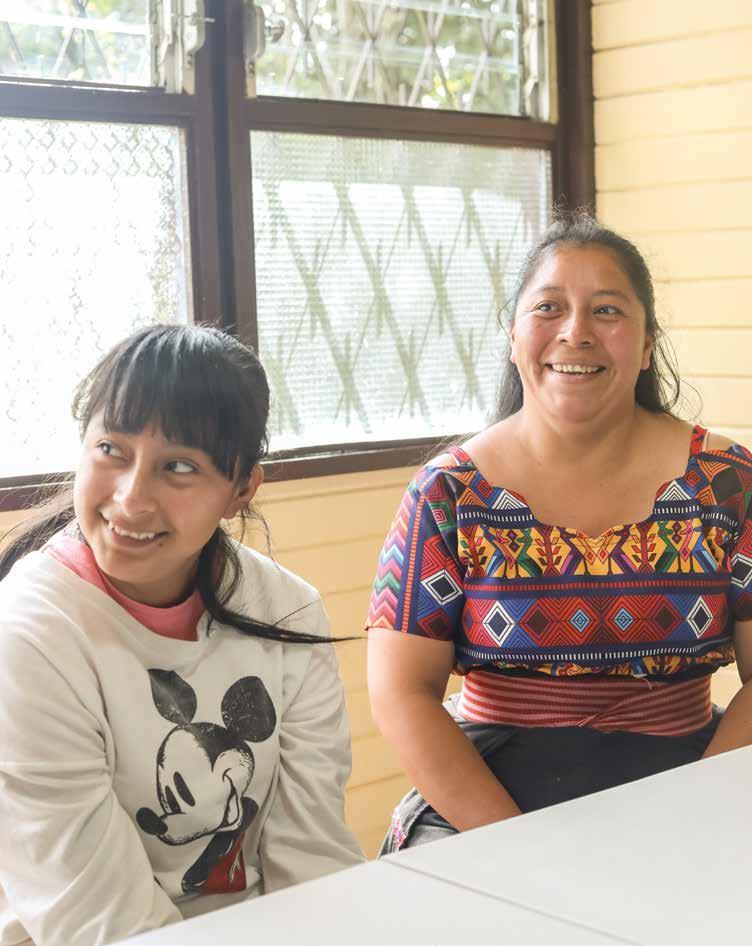
Meet the Textura team...
GUA
Javier Anleu
Journalist/Translator/ Photographer/Videographer GUA
Nataly Basterrechea
Instructor/Host/Translator Rachel Blood
Journalist/Copy Editor GUA
María Isabel Castañeda
Journalist/Translator
Paige Cornwell
Instructor Morgan Day
Journalist GUA
Majo Díaz
Journalist/Translator Clark Frederickson
Journalist/Photographer
Savannah Heeren
Graphic Designer/ Photographer/Art Director/ Translator Jessica Henderson
Associate Professor of Design Hannah Hobus
Photo Editor/Graphic Designer Makenzi Johnson
Journalist
Soraya Keiser
Journalist/Copy Editor Davis McElmurry
Graphic Designer/ Photographer Talia McWright
Journalist/Photographer Gina Miller
Graphic Designer/ Photographer/Videographer
Ella Roberts
Journalist GUA
Estefania Rosal
Journalist/Translator Bryson Rosell
Graphic Designer/ Photographer/Art Director Matt Tiegland
Journalist
Molly Wilson
Journalist Scott Winter
Associate Professor of Journalism This magazine is the product of a collaboration between students from Guatemala City’s Francisco Marroquín University and Bethel University in St. Paul, Minnesota. Friendships were made, stories were told and challenges were embraced. We are grateful to have shared this unique experience. | Photos by Hannah Hobus
Thank You!
THE TEXTURA TEAM COULDN’T HAVE TOLD
THESE STORIES WITHOUT THE HELP OF SO MANY
DEVOTED SUPPORTERS OF OUR WORK AND THE
COMMUNITIES IN GUATEMALA.
So, thank you to…
TEXTURA!
Check out seektextura.com to discover more content including depth stories, cultural content and student reflections!
Nataly Basterrechea, our lovely Guatemalan instructor who lights up the world with her smile and spends quarantine doing yoga. Thank you for your organization, attitude and translation work.
Marís, Majo, Javi and Tefi, the world’s best translators, tour guides and friends. Thank you for taking us under your wing. We miss you already.
Carlos and Francisco, the bus drivers who went above and beyond every day to get us where we needed to be on time and had a great attitude while doing it.
The Quinta de Las Flores staff, who were accommodating and kind despite a COVID-19 outbreak and our relentless quesadilla consumption.
The Seattle Times newsroom, for allowing Paige Cornwell to join us for three weeks and provide invaluable expertise and friendship.
Parents, for allowing your students to travel to another country for the sake of storytelling.
People of Guatemala, for sharing with us your culture, your stories and your really good coffee.
Journalists Sonia Perez, John Moore and Jeff Abbott, for providing appreciated guidance, critiques and story tips on your own time. Our sources, for being real and vulnerable and showing us your lives through an honest lens.
Blue Medical, for being our unplanned second home and sticking nasal swabs up our noses day after day (and to Morgan, thank you for scheduling all of these tests and being Team Mom).
Bethel University, for allowing this trip to happen and handling the administrative side of our journey.
Yu-li Chang Zacher, for holding down the journalism fort at Bethel while we were gone.
Lex Thompson, for taking the time to hop on Zoom and do photo critique with us.
Virginija Wilcox, for her 24-hour advice as we traveled through a pandemic, fighting to keep our sources, and ourselves, safe.
Gene and Kathy Johnson, for sharing their resources, expertise and faith with the team.
Pollo Campero, for feeding us time and time again and teaching Soraya that she does in fact like ketchup.
The 2022 Textura Guatemala team, for the good attitudes, PowerPoints, photos, memories and laundry trips. Each and every one of you is valued beyond belief.
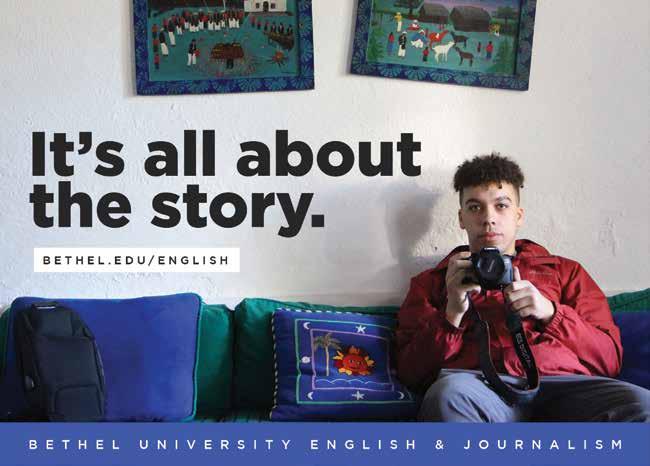
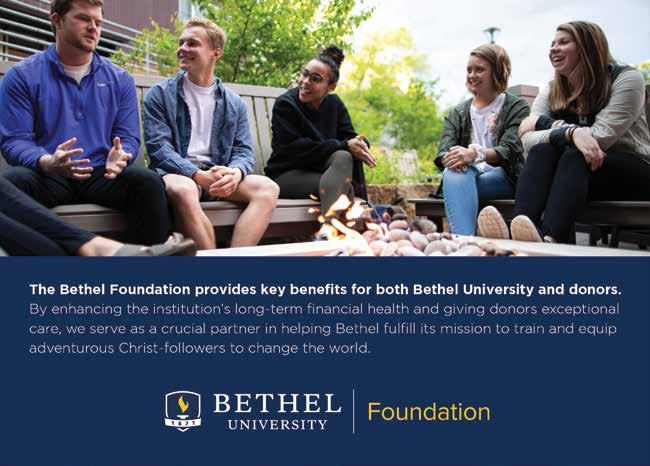
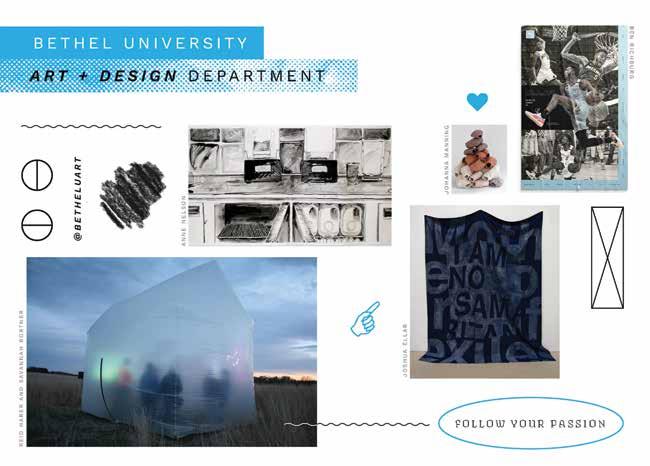
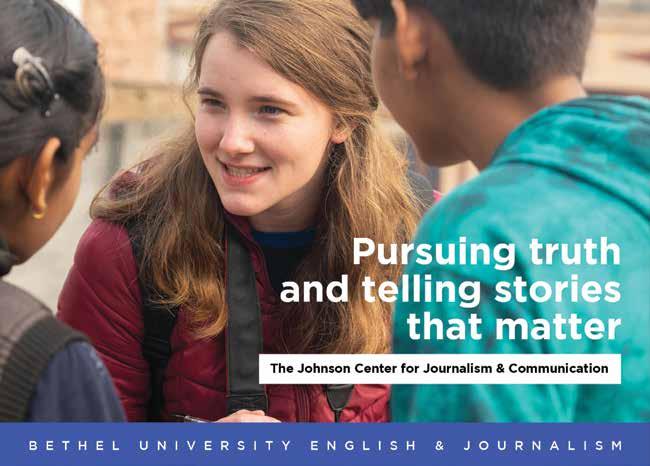
Textura is an ongoing international storytelling project initiated by Bethel journalism and graphic design majors with support from Off-Campus Programs. To partner with Textura or provide support, go to seektextura.com.










